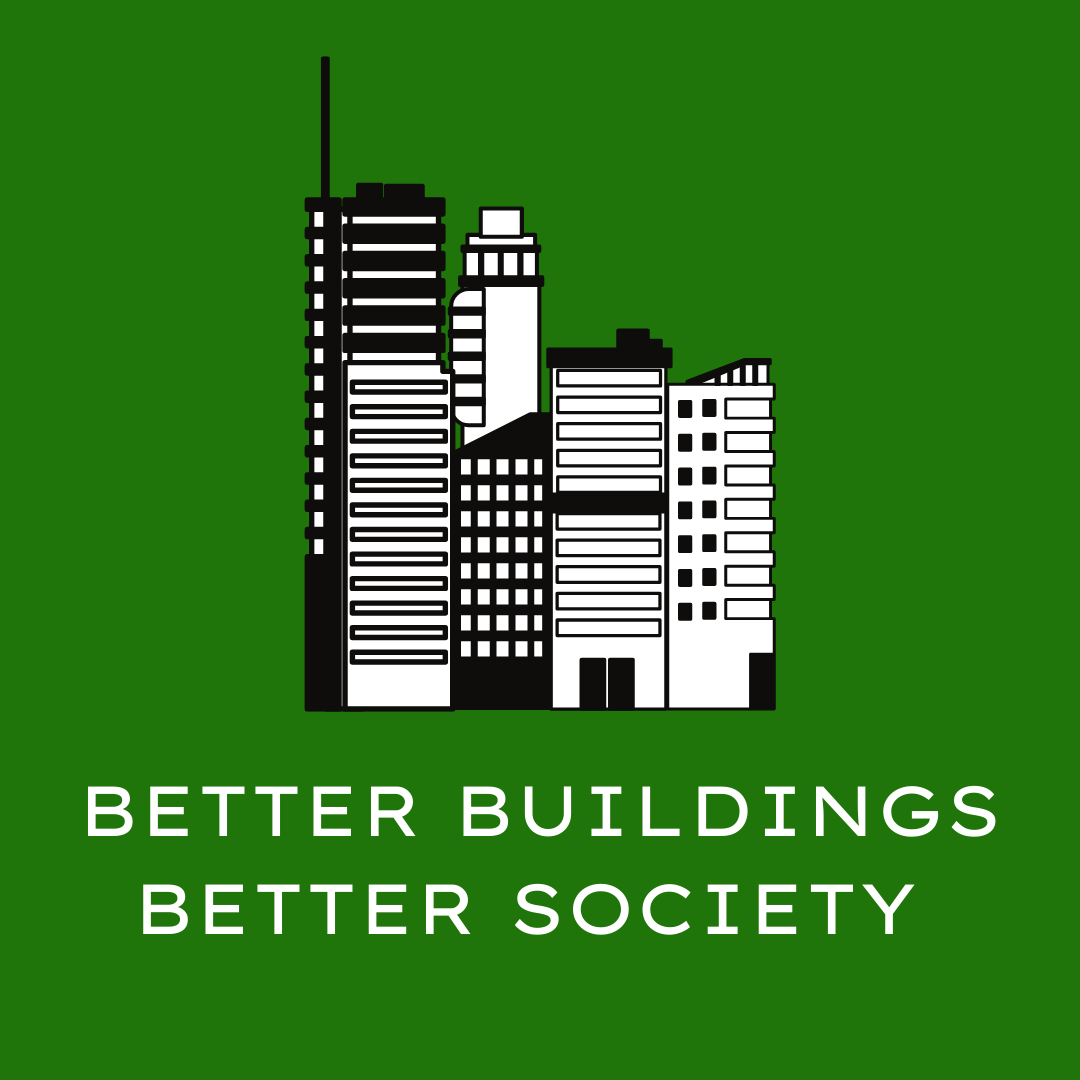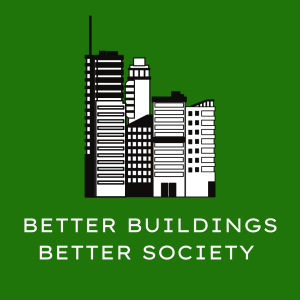
356
Downloads
13
Episodes
How can we make buildings better members of society? At the intersection of environmental awareness, entrepreneurship, and engineering, Steven Forrester (PE, BEMP BCxP CGD LEED AP BD+C, Passive House Designer) and expert guests explore this fascinating question and engage listeners with conversations that range from design and engineering to building operations and maintenance. We will learn more about the people, products, and newsworthy issues in our industry. Join us twice a month for conversations about the built environment!
Episodes

Wednesday Dec 07, 2022
Are AI Systems Creative?
Wednesday Dec 07, 2022
Wednesday Dec 07, 2022
“How can technology and humans work together?” asks Joshua Vermillion, Associate Professor in the School of Architecture at UNLV. How much does AI augment the study and practice of architecture and in which ways is it an improvement? It’s a question that runs through every stage of the process. What are the pros and cons of drawing by hand versus using digital design? Since AI interprets prompts so literally, how can we improve our approach to communication as a result, and use those interpretations to inspire new ideas? How can AI change the operating system of a city to improve daily life and make the city more livable?
Much of what AI and other technologies afford the user is speed. What once took 48 hours now takes ten minutes. As a result, part of Joshua’s teaching practice is reminding his student to slow down and examine the basics of the craft.
After all, Joshua reminds listeners, no matter how much AI advances, at the end of the day, their mission is to serve humans first.
Quotes
• “Early on, the steel industry saw digital technology as a way to sort of simulate everything, to decrease the number of errors, to optimize things, to cut costs without cutting quality.” (5:58-6:10 | Joshua)
• “Now that we can do anything, what do we really do? How do we do it? That's the other question, right?” (27:03-27:09 | Joshua)
• “The speed that these technologies afforded us isn't just to take a shortcut, but that maybe we can actually do things better, because it allows us to really look at the problem over and over again, and begin that sort of feedback loop where we can begin to optimize and integrate systems in ways that really can help. Let's say, architects work better with engineers. Architects and engineers work better with the folks downstream that make the stuff and assemble the stuff.” (36:50-37:23 | Joshua)
• “Some things you just can't shortcut.” (39:37-39:38 | Joshua)
Links
Connect with Joshua Vermillion:
Instagram | https://www.instagram.com/joshuavermillion/
LinkedIn | https://www.linkedin.com/in/joshuavermillion/
https://www.unlv.edu/people/joshua-vermillion
http://vermillion.faculty.unlv.edu/
Email | josh.vermillion@unlv.edu
Learn more about Better Buildings, Better Society:
Website | https://www.dma-eng.com/
LinkedIn | https://www.linkedin.com/company/dma-engineering/
Steven’s Personal LinkedIn | https://www.linkedin.com/in/steven-forrester-36a91517/
Instagram | https://www.instagram.com/dma_engineering/

No comments yet. Be the first to say something!